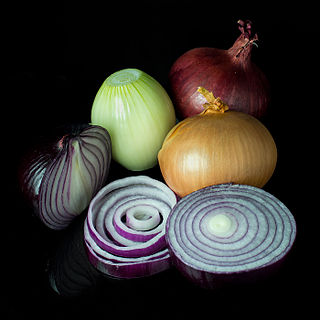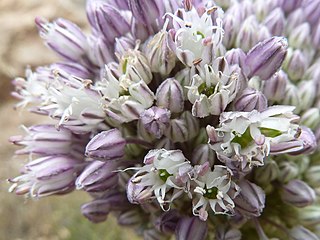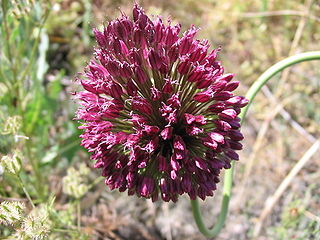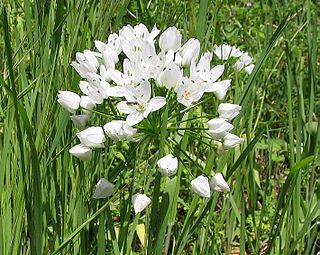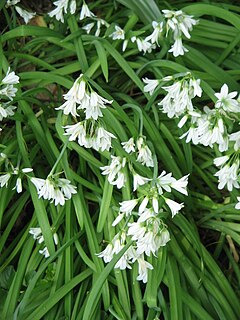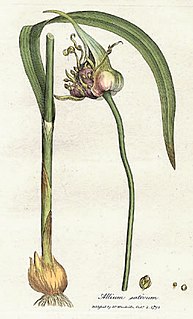| Allium gillii | |
|---|---|
| Scientific classification | |
| Kingdom: | Plantae |
| Clade: | Angiosperms |
| Clade: | Monocots |
| Order: | Asparagales |
| Family: | Amaryllidaceae |
| Subfamily: | Allioideae |
| Genus: | Allium |
| Species: | A. gillii |
| Binomial name | |
| Allium gillii (Gilli) Wendelbo | |
| Synonyms | |
Allium scabrumGilli 1954, illegitimate homonym of Gilib. 1792. | |
Allium gillii is a plant species found in Pakistan and Afghanistan. It is a bulb-forming perennial up to 35 cm tall, with an umbel of long-pediceled pale purple flowers. [1] [2] [3] [4]

Pakistan, officially the Islamic Republic of Pakistan, is a country in South Asia. It is the world’s sixth-most populous country with a population exceeding 212,742,631 people. In area, it is the 33rd-largest country, spanning 881,913 square kilometres. Pakistan has a 1,046-kilometre (650-mile) coastline along the Arabian Sea and Gulf of Oman in the south and is bordered by India to the east, Afghanistan to the west, Iran to the southwest, and China in the far northeast. It is separated narrowly from Tajikistan by Afghanistan's Wakhan Corridor in the northwest, and also shares a maritime border with Oman.

Afghanistan, officially the Islamic Republic of Afghanistan, is a landlocked country located in South and Central Asia. Afghanistan is bordered by Pakistan in the south and east; Iran in the west; Turkmenistan, Uzbekistan, and Tajikistan in the north; and in the far northeast, China. Its territory covers 652,000 square kilometers (252,000 sq mi) and much of it is covered by the Hindu Kush mountain range, which experiences very cold winters. The north consists of fertile plains, whilst the south-west consists of deserts where temperatures can get very hot in summers. Kabul serves as the capital and its largest city.
An umbel is an inflorescence that consists of a number of short flower stalks which spread from a common point, somewhat like umbrella ribs. The word was coined in botany in the 1590s, from Latin umbella "parasol, sunshade". The arrangement can vary from being flat topped to almost spherical. Umbels can be simple or compound. The secondary umbels of compound umbels are known as umbellules or umbellets. A small umbel is called an umbellule. The arrangement of the inflorescence in umbels is referred to as umbellate, or occasionally subumbellate.

